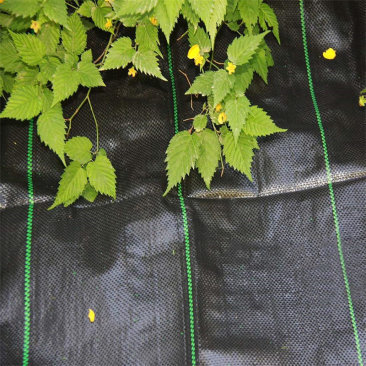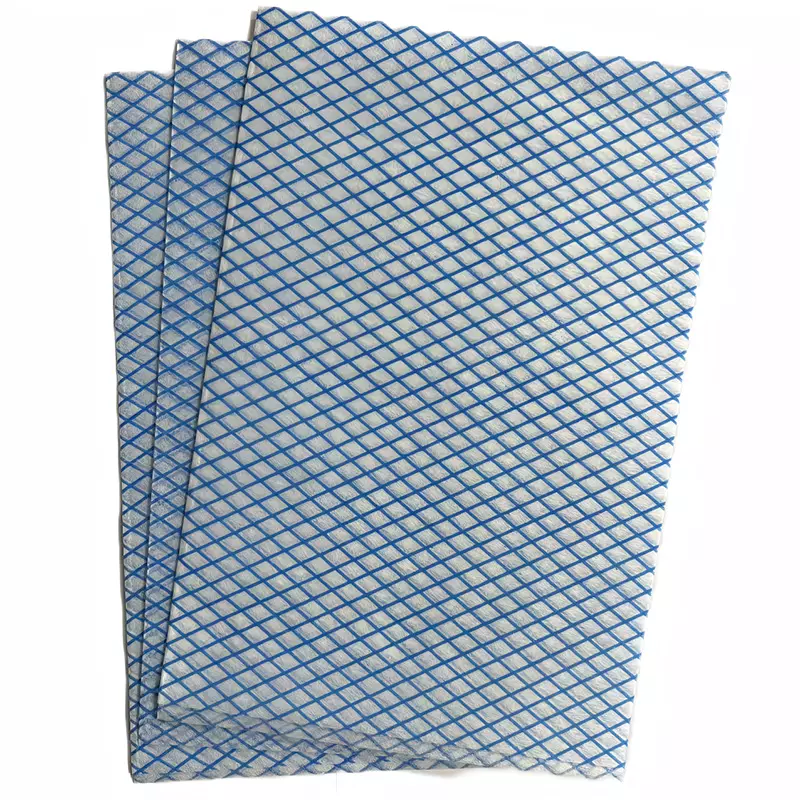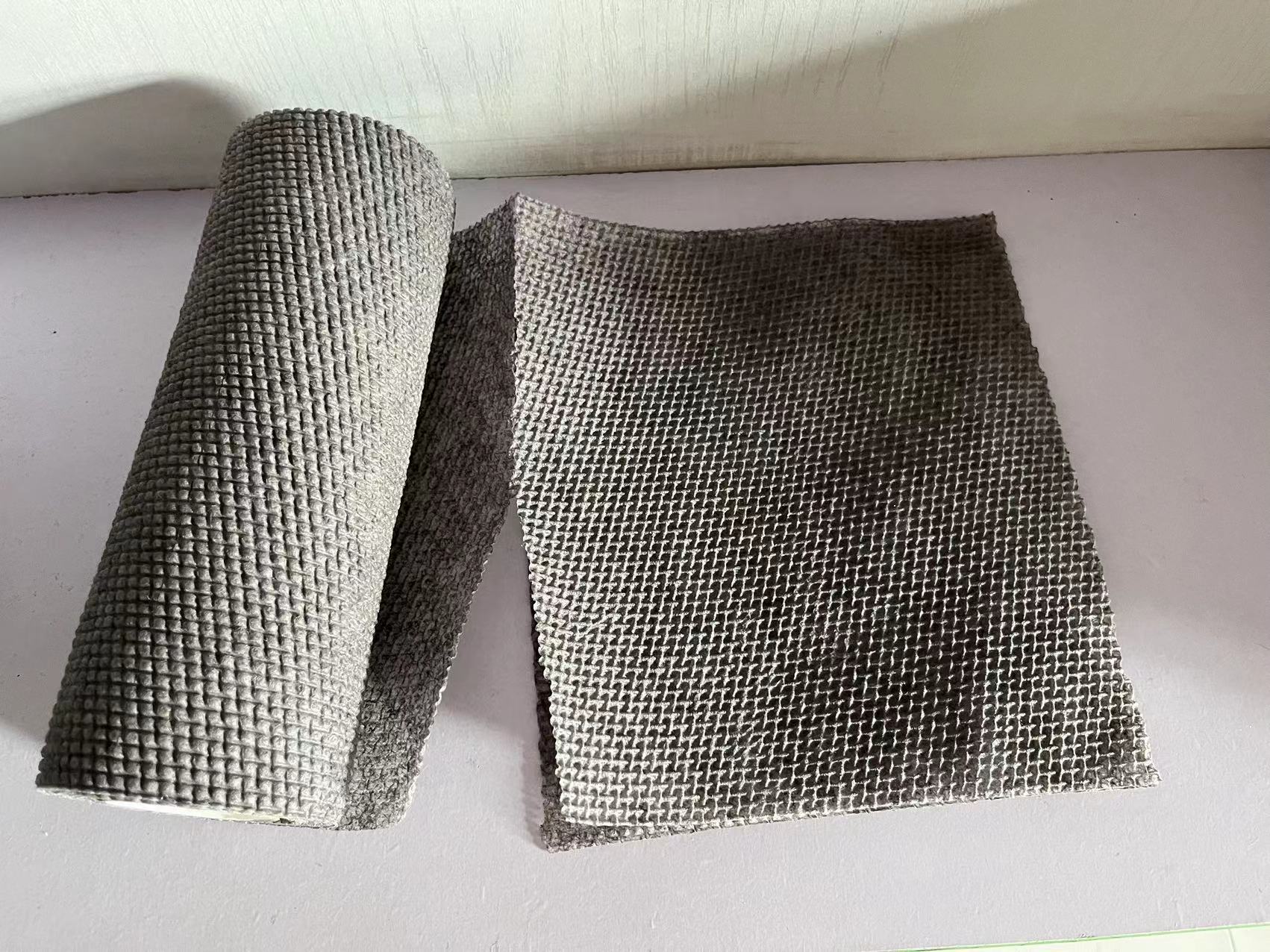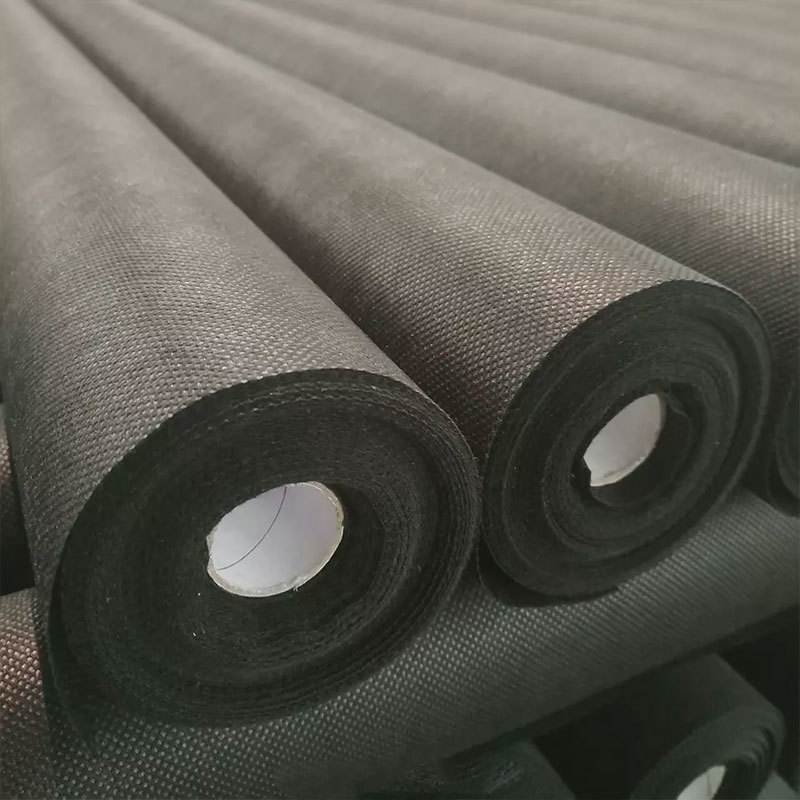17
2025
-
06
Why Permeable Landscape Fabric is Essential for Sustainable Building
Why Permeable Landscape Fabric is Essential for Sustainable Building Table of Contents Introduction to Permeable Landscape Fabric What is Permeable Landscape Fabric? Benefits of Using Permeable Landscape Fabric in Construction Enhanced Drainage Management Erosion Control and Soil Stability Support for Healthy Plant Growth Environmental Benefi
Why Permeable Landscape Fabric is Essential for Sustainable Building
Table of Contents
- Introduction to Permeable Landscape Fabric
- What is Permeable Landscape Fabric?
- Benefits of Using Permeable Landscape Fabric in Construction
- Enhanced Drainage Management
- Erosion Control and Soil Stability
- Support for Healthy Plant Growth
- Environmental Benefits of Permeable Fabrics
- Applications of Permeable Landscape Fabric
- Installation Guidelines for Optimal Performance
- Maintenance of Permeable Landscape Fabric
- Case Studies: Successful Use of Permeable Landscape Fabric
- Frequently Asked Questions
- Conclusion: Embracing Sustainability with Permeable Landscape Fabric
Introduction to Permeable Landscape Fabric
The construction industry is evolving, with a significant shift toward sustainable practices. One such innovation that has surfaced is **permeable landscape fabric**. This material not only supports structural integrity but also plays a pivotal role in protecting the environment. As we delve deeper into this subject, we will explore the numerous benefits and applications of permeable landscape fabric in sustainable building.
What is Permeable Landscape Fabric?
Permeable landscape fabric is a geotextile material designed to allow water, air, and nutrients to flow through while preventing the passage of soil particles. Made from synthetic fibers or natural materials, this fabric is used extensively in landscaping, gardening, and construction projects. Its unique properties make it ideal for sustainable building solutions, as it promotes efficient drainage and minimizes negative environmental impacts.
Benefits of Using Permeable Landscape Fabric in Construction
Enhanced Drainage Management
One of the primary advantages of permeable landscape fabric is its ability to manage drainage effectively. By allowing water to pass through, it helps to prevent **waterlogging**, which can damage plant roots and weaken soil structure. The fabric directs excess water away from critical areas, thereby reducing surface runoff and promoting **healthy drainage systems** in both residential and commercial properties.
Erosion Control and Soil Stability
Soil erosion is a significant concern in construction and landscaping. Permeable landscape fabric acts as a protective barrier, stabilizing soil and preventing erosion caused by heavy rainfall or wind. By maintaining soil integrity, this fabric helps to create sustainable landscapes that continue to thrive over time, reducing the need for additional interventions or repairs.
Support for Healthy Plant Growth
Utilizing permeable landscape fabric in gardens and landscaping projects can significantly enhance plant health. The fabric allows essential nutrients and water to reach the roots, fostering a conducive environment for growth. Additionally, the presence of this fabric helps to suppress weed growth, which can compete with plants for resources, thus promoting lush and vibrant landscapes.
Environmental Benefits of Permeable Fabrics
The use of permeable landscape fabric aligns with eco-friendly practices by minimizing the ecological footprint of construction projects. It supports natural water cycles, reduces the risk of flooding, and enhances groundwater recharge. By integrating this material into building designs, we contribute positively to the environment, promoting biodiversity and sustainability.
Applications of Permeable Landscape Fabric
The versatility of permeable landscape fabric allows it to be used in a wide array of applications within the construction and landscaping sectors. Here are some of the most common uses:
1. Landscaping and Gardening
In gardens, this fabric is used to create effective drainage systems, allowing water to permeate while keeping weeds at bay. It is ideal for flower beds, vegetable gardens, and pathways, enhancing the overall aesthetics and health of outdoor spaces.
2. Erosion Control Projects
For construction sites located near slopes or bodies of water, permeable landscape fabric can be deployed to prevent soil erosion. It is often used in conjunction with other erosion control measures, such as mulch or vegetation, to create a robust barrier against soil loss.
3. Stormwater Management Systems
In urban settings, permeable landscape fabric is an essential component of stormwater management systems. It helps to mitigate runoff, protect waterways from pollutants, and facilitate groundwater recharge, thus supporting sustainable urban development.
4. Green Roof Systems
As cities strive to increase green spaces, permeable landscape fabric is often employed in green roof systems. This application supports plant growth on rooftops while ensuring adequate drainage, contributing to energy efficiency and reducing urban heat islands.
Installation Guidelines for Optimal Performance
To maximize the effectiveness of permeable landscape fabric, it is crucial to follow proper installation techniques. Here are some guidelines to consider:
1. Site Preparation
Begin by clearing the area of debris, rocks, and vegetation. Ensure the ground is level and compacted to provide a stable base for the fabric.
2. Fabric Placement
Unroll the permeable landscape fabric over the prepared area. Overlap the edges by at least 12 inches to ensure proper coverage and prevent soil from seeping through.
3. Anchoring the Fabric
Use landscape staples or stakes to secure the fabric in place. This prevents movement during heavy rains or strong winds.
4. Covering the Fabric
Depending on the application, cover the fabric with mulch, gravel, or soil as needed. This provides additional support and enhances the aesthetic appeal of the landscape.
Maintenance of Permeable Landscape Fabric
While permeable landscape fabric is designed for durability, regular maintenance is essential to ensure its longevity and effectiveness. Here are some key maintenance tips:
1. Inspect Regularly
Periodically check the fabric for any signs of damage or wear. Early detection allows for timely repairs, preventing further issues.
2. Keep it Clean
Remove debris, leaves, and sediment that may accumulate on the surface of the fabric. This ensures that water can continue to flow freely, maintaining its drainage capabilities.
3. Monitor Plant Growth
Regularly assess the health of plants growing in or around the fabric. Ensure they receive adequate water and nutrients, and manage any weed growth that may threaten their well-being.
Case Studies: Successful Use of Permeable Landscape Fabric
Numerous projects worldwide have successfully integrated permeable landscape fabric into their designs, showcasing its effectiveness and versatility.
1. Urban Park Development
An urban park in San Francisco utilized permeable landscape fabric in its pathways and planted areas. This integration facilitated effective drainage, preventing flooding during heavy rains while ensuring that plants thrived in a sustainable environment.
2. Green Roof Project
A commercial building in New York implemented a green roof system featuring permeable landscape fabric. The project not only enhanced the building's energy efficiency but also contributed positively to the urban ecosystem by reducing heat and promoting biodiversity.
Frequently Asked Questions
1. What is the lifespan of permeable landscape fabric?
The lifespan of permeable landscape fabric can vary based on material and environmental conditions, but it typically lasts between 5 to 25 years.
2. Can permeable landscape fabric be reused?
Yes, permeable landscape fabric can be reused if it is removed carefully and remains in good condition.
3. How does permeable landscape fabric differ from traditional landscape fabric?
Unlike traditional landscape fabric, which often blocks water flow, permeable landscape fabric is designed to allow water and nutrients to pass through while preventing soil erosion.
4. Is permeable landscape fabric environmentally friendly?
Yes, permeable landscape fabric supports sustainable practices by promoting drainage, preventing erosion, and enhancing plant health, making it an eco-friendly choice.
5. How do I choose the right permeable landscape fabric?
Consider factors such as the intended application, local climate, and soil type when selecting permeable landscape fabric to ensure optimal performance.
Conclusion: Embracing Sustainability with Permeable Landscape Fabric
In the quest for more sustainable building practices, permeable landscape fabric emerges as an essential material that offers a multitude of benefits. From enhancing drainage and preventing erosion to supporting plant health and promoting environmental wellness, its applications are vast and impactful. By incorporating permeable landscape fabric into construction and landscaping projects, we take significant strides toward a greener, more sustainable future. Embracing this innovative material is not just a choice; it is a commitment to enhancing our environment and ensuring that future generations inherit a healthier planet.
permeable landscape fabric












